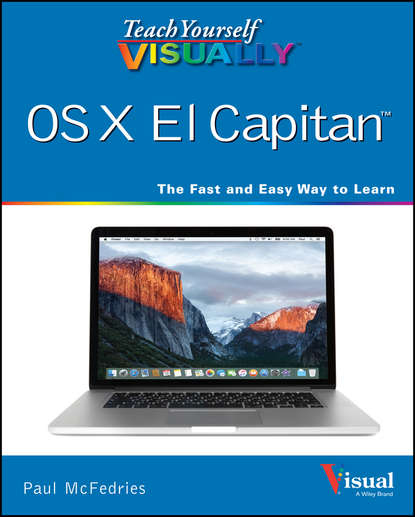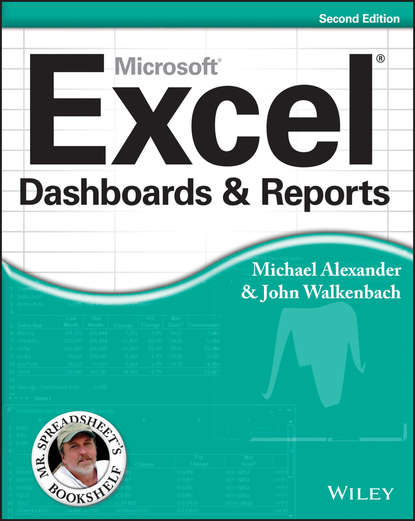“FlowingData.com Data Visualization Set” - это книга, написанная автором Натаном Яу, которая предлагает руководство по визуализации данных и рассказыванию историй с помощью практических советов по дизайну, дополненных пошаговыми учебными пособиями. Книга начинается с описания огромного роста данных и визуализации в промышленности, новостях, правительстве и возможностях для тех, кто рассказывает истории с помощью данных. Логично, что она переходит к реальным историям в данных - статистическим историям с тенденциями и человеческими историями. Техническая часть быстро появляется с тем, как собирать, анализировать и форматировать данные на Python, R, Excel и Google документах, а также с описанием инструментов для визуализации данных - нативных графических элементов для веб-страниц, таких как ActionScript, библиотеки Flash, PHP, Javascript, CSS и HTML. Каждый раздел также содержит примеры. Следующие разделы посвящены паттернам во времени и видам диаграмм данных, пропорциям, типам диаграмм и примерам. Далее следуют примеры и описания выбросов и того, как их показывать, различных типов карт, методов руководства для читателей и объяснения.
Электронная Книга «FlowingData.com Data Visualization Set» написана автором Nathan Yau в году.
Минимальный возраст читателя: 0
Язык: Английский
ISBN: 9781118906781
Описание книги от Nathan Yau
Visualize This is a guide on how to visualize and tell stories with data, providing practical design tips complemented with step-by-step tutorials. It begins with a description of the huge growth of data and visualization in industry, news, and gov't and opportunities for those who tell stories with data. Logically it moves on to actual stories in data-statistical ones with trends and human stories. the technical part comes up quickly with how to gather, parse and format data with Python, R, Excel, Google docs, etc and details tools to visualize data-native graphics for the Web like ActionScript, Flash libraries, PHP, JavaScript, CSS, HTML. Every chapter provides an example as well. Patterns over time and kinds of data charts are followed by proportions, chart types and examples. Next, examples and descriptions of outliers and how to show them, different kinds of maps, how to guide your readers and explain the data «in the visualization». The book ends with a value-add appendix on graphical perception. Data Points focuses on the approach to visualization and data. Visualization is a medium that can be used as a tool, art, a way to tell stories, etc., Data Points guides readers through making data approachable through visualization techniques and best practices. The focus is on designing with a purpose in mind. Data Points discusses why recipes (from the rules) work and expands on how readers can make their own recipes. The book is example-driven, featuring work from people in areas of art, design, business, statistics, computer science, cartography, and online media, as well as many of the author's own illustrations. The major sections of the book cover: Visualization as Medium – In the same way not all movies are documentaries, not all visualization is about optimal visual perception. Data Representation – There are rules across all visualization applications, such as the use of appropriate shapes to accurately represent values. Design with Purpose – Rules can be broken though. It all depends on who and what you're designing for. Data Points digs deep into the foundations of data visualization: Understanding Data and Visualization Representing Data Exploring Data Visually Designing for an Audience Visualizing with Clarity Putting Everything Into Practice with Tools and Resources



















